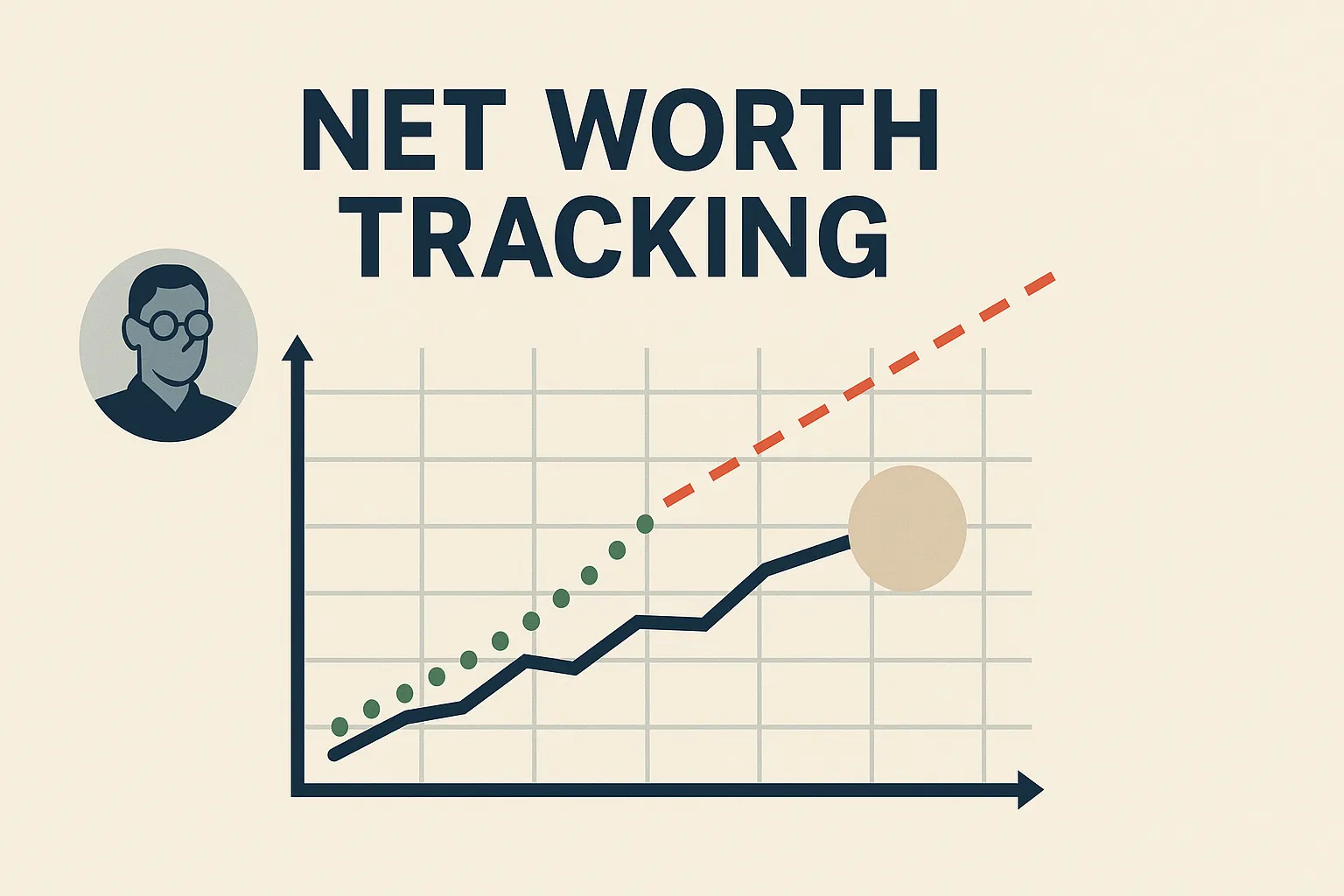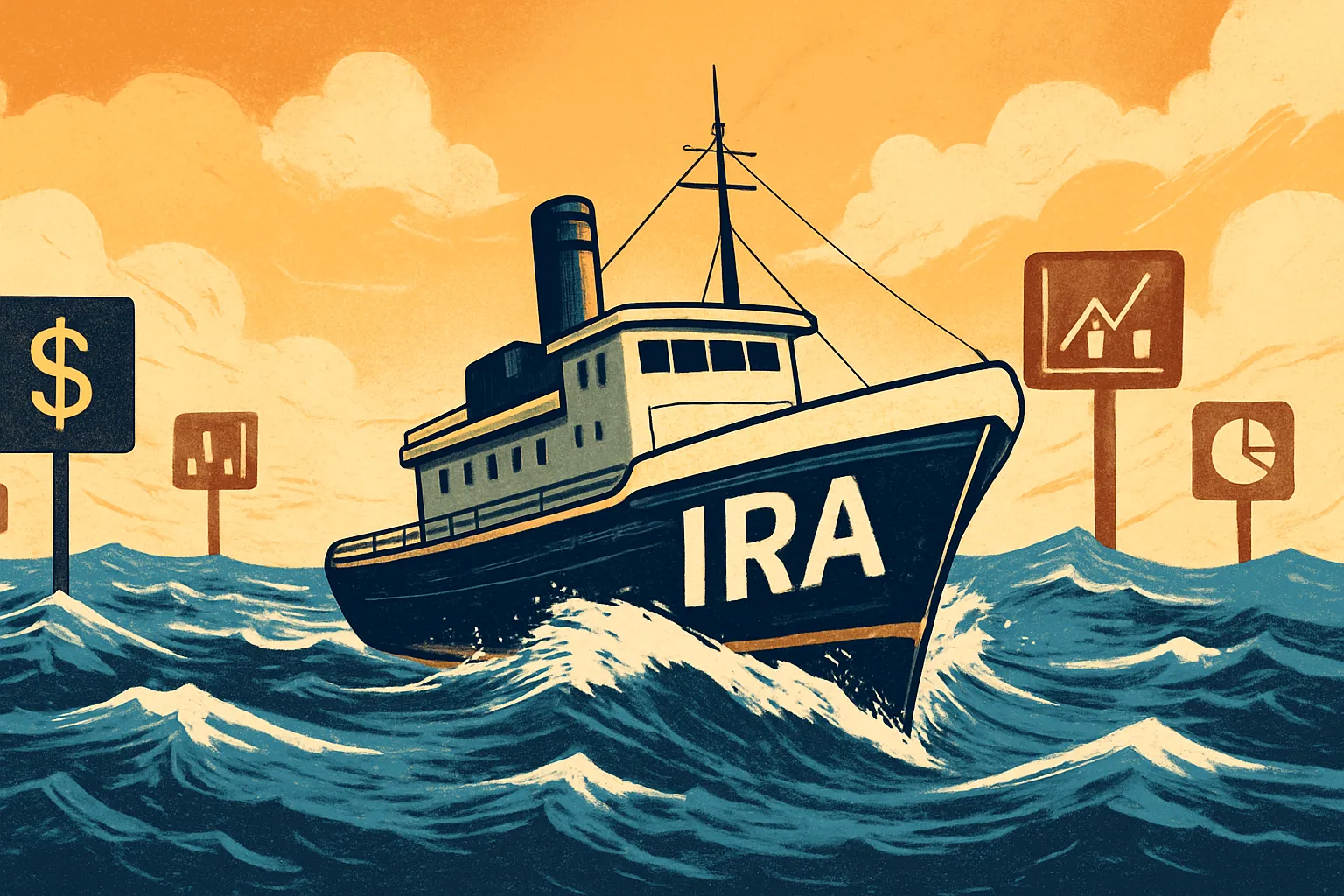Are Buffer ETFs Good for Retirement? Pros and Cons

Planning for retirement often feels like a balancing act—trying to grow savings while managing risk. Buffer ETFs (Exchange-Traded Funds) have become a hot topic because they offer a way to protect against market losses while still capturing some growth. But are they the right fit for retirement savings? Let’s explore the details together, looking at what makes them appealing, their potential downsides, and how they might fit into an overall retirement strategy.
Key Takeaways
- Buffer ETFs are designed to protect against a portion of market losses, making them appealing for those who prefer less risk.
- These funds come with tradeoffs, like capped returns that limit potential gains.
- They can provide stability, but Buffer ETFs may not be ideal for every retirement plan, especially for those aiming for maximum long-term growth.
What Are Buffer ETFs?
Buffer ETFs act like a safety net for your investments. They’re designed to shield you from part of the market’s losses while letting you benefit from some of its gains. These funds track an index, like the S&P 500, and include a “buffer” to protect against losses up to a set percentage. But there’s also a cap on how much you can earn.
How They Work
- Buffer: The ETF absorbs market losses up to a certain point (e.g., 10%). If the market drops 8%, the ETF covers all of it. If the market falls 15%, you’ll take a 5% loss.
- Cap: There’s a maximum return you can earn (e.g., 8%). So if the market gains 12%, you’ll only earn up to the cap.
- Term: Most Buffer ETFs reset annually, meaning the buffer and cap adjust each year based on market conditions.
Why Consider Buffer ETFs for Retirement?
1. Downside Protection
Buffer ETFs are built to cushion against market dips, which can help retirees or near-retirees protect their savings from sudden losses.
Hypothetical Example: Imagine investing $100,000 in a Buffer ETF with a 10% buffer. If the market drops 8%, your investment remains untouched. That kind of protection can provide peace of mind during volatile markets.
2. Participation in Market Gains
Unlike fixed-income products, Buffer ETFs allow you to benefit from market growth—though gains are capped. This lets you stay invested in equities while reducing risk.
3. Easy to Understand and Use
Compared to strategies like options or annuities, Buffer ETFs are straightforward. They’re traded like regular ETFs, offering liquidity and transparency.
4. Helps Reduce Emotional Decisions
Market drops can lead to panic selling. Buffer ETFs can reduce the urge to sell at the wrong time by providing built-in protection, encouraging long-term planning.
What Are the Downsides?
1. Capped Returns
The downside of downside protection is limited upside. Over decades, missing out on higher market returns can reduce your overall growth.
Hypothetical Example: If the market gains 15% in a year and your ETF’s cap is 8%, you miss out on the extra 7%. Over time, those missed gains add up.
2. Limited Coverage for Big Losses
While the buffer protects against moderate losses, it doesn’t shield against severe declines. For instance, if the market drops 25% and your buffer is 10%, you’ll still face a 15% loss.
3. Higher Fees
Buffer ETFs often have higher expense ratios than traditional ETFs, which can eat into returns over the long term.
4. One-Size-Fits-All Buffers and Caps
The preset buffer and cap levels might not match your specific financial goals or risk tolerance.
When Should You Use Buffer ETFs in Retirement?
Buffer ETFs can make sense if:
- You’re Close to Retirement: They can help protect savings without completely stepping away from growth opportunities.
- You Value Stability: If avoiding big losses is more important than maximizing returns, Buffer ETFs could be a smart choice.
- You’re Diversifying a Portfolio: Buffer ETFs can act as a complement to other investments, adding a layer of protection.
Hypothetical Scenario: A 60-year-old investor nearing retirement wants to safeguard their portfolio against a potential market drop. They allocate 20% of their portfolio to a Buffer ETF with a 10% buffer and an 8% cap, reducing risk while still allowing for some growth.
Alternatives to Buffer ETFs
Buffer ETFs aren’t the only way to balance risk and growth. Here’s how they compare to other options:
1. Target-Date Funds
- Pros: Automatically adjust risk exposure as you approach retirement, simplifying portfolio management.
- Cons: Lack the specific downside protection of Buffer ETFs.
- Best For: Investors looking for a hands-off approach with broad diversification.
- Financial Implications: Lower fees and the potential for compounding returns over decades can make these funds cost-effective for long-term growth.
2. Bonds or CDs
- Pros: Provide stability and predictable returns without the complexity of caps and buffers.
- Cons: Limited growth potential compared to equity-based investments.
- Best For: Those prioritizing income and capital preservation.
- Financial Implications: While they don’t offer growth, their consistency can anchor a portfolio against volatility.
3. Annuities
- Pros: Offer guaranteed income and robust downside protection, making them ideal for predictable payouts.
- Cons: Typically less flexible and come with higher fees.
- Best For: Retirees seeking steady, guaranteed income streams.
- Financial Implications: Fees can be high, but the peace of mind from consistent income may outweigh the cost for some.
Comparison Summary: Buffer ETFs strike a middle ground between these alternatives, offering some equity growth with partial protection. While bonds and annuities emphasize stability, and target-date funds focus on long-term growth, Buffer ETFs can fill a niche for moderate-risk investors seeking a balanced approach.
How optimized is your portfolio?
PortfolioPilot is used by over 30,000 individuals in the US & Canada to analyze their portfolios of over $30 billion1. Discover your portfolio score now:






